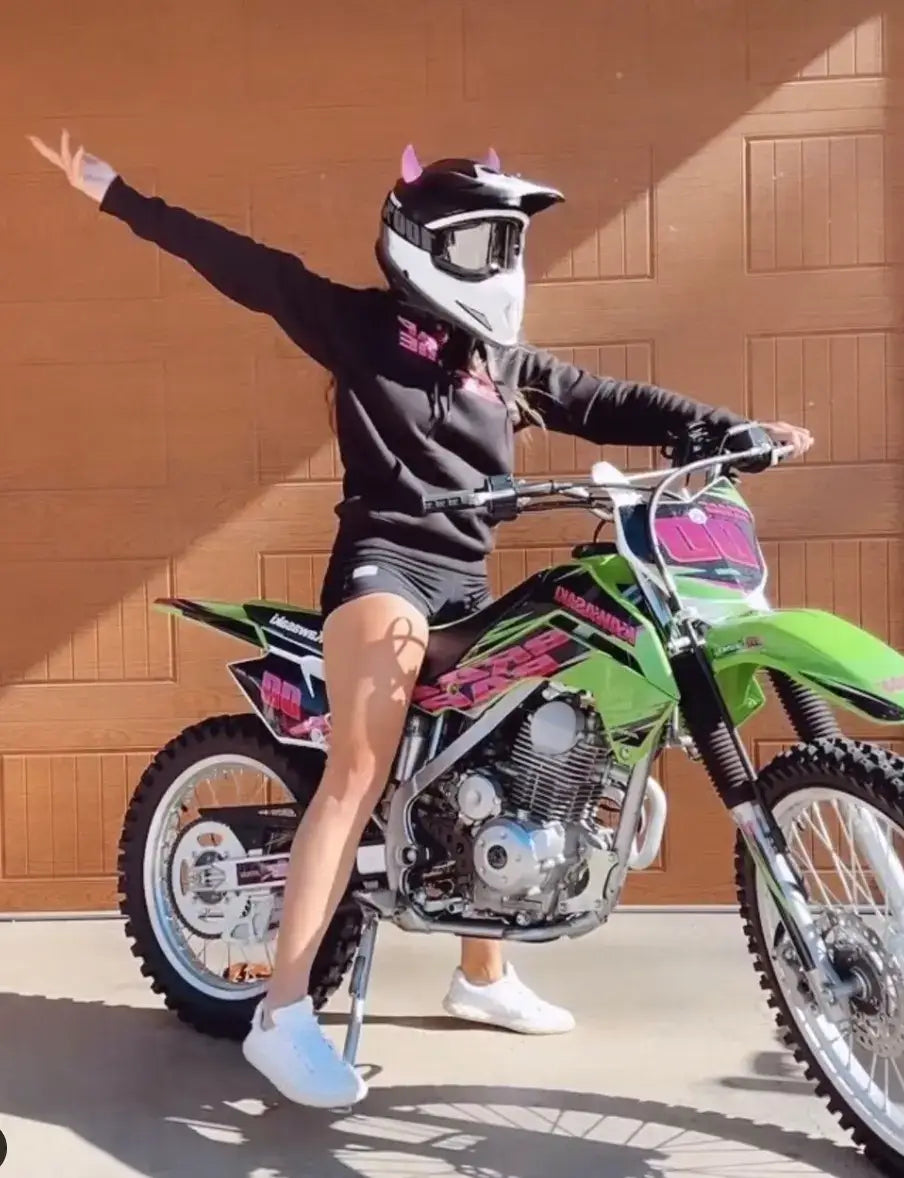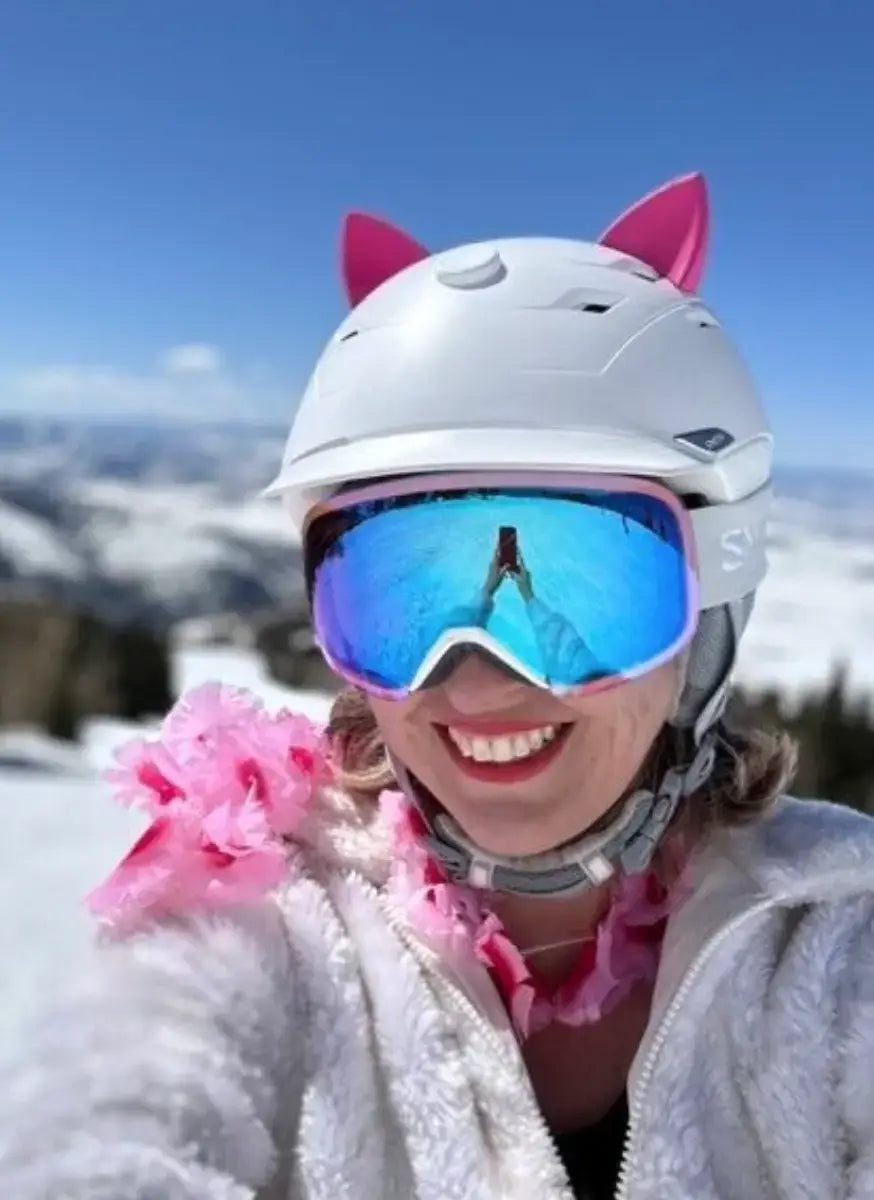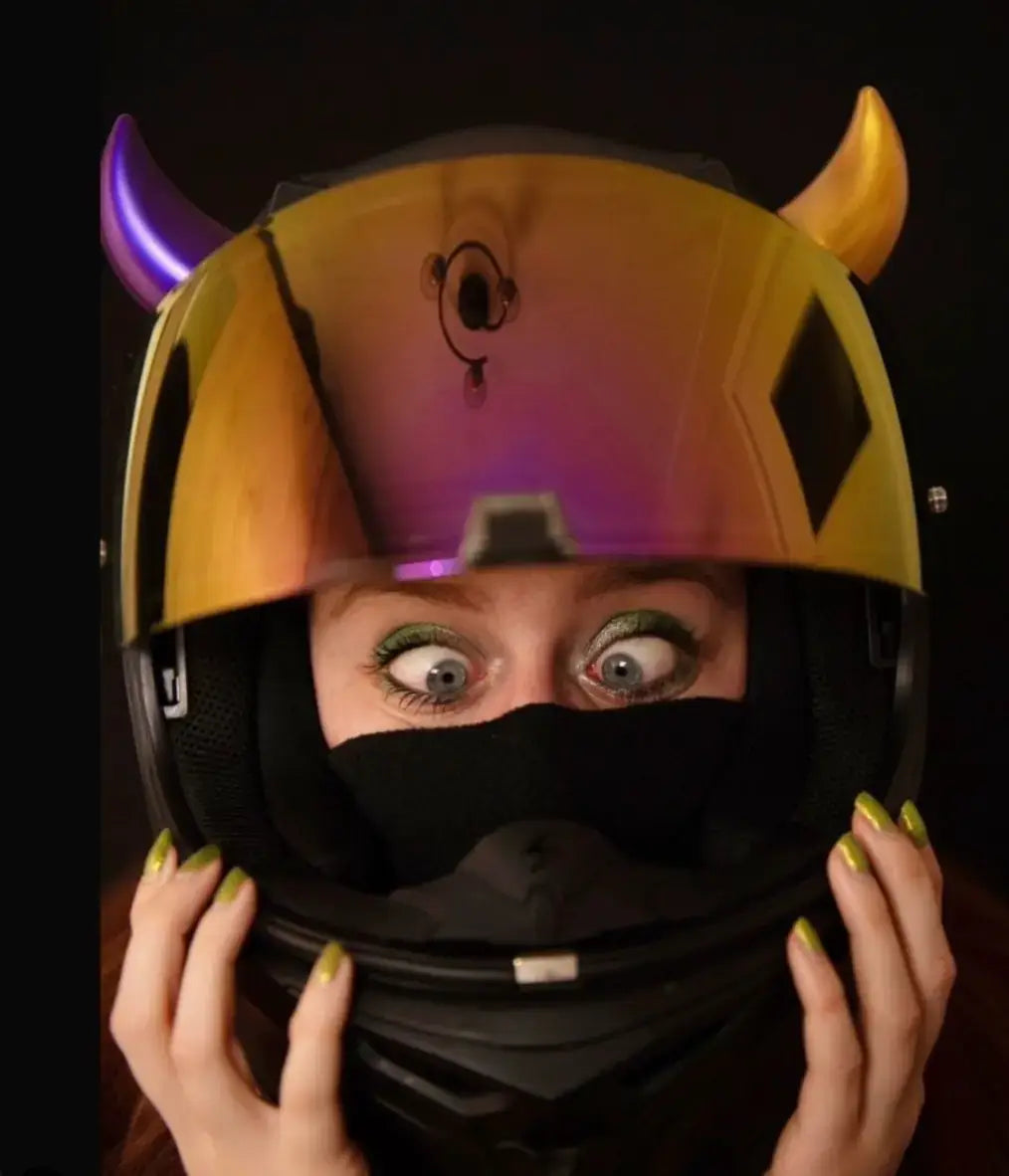🛹 Why Skaters Don’t Wear Helmets — and Why That Needs to Change
Let’s be real — in skate culture, wearing a helmet has never been considered “cool.” It’s often seen as something for kids, beginners, or people who aren’t pushing the limits. But here’s the thing: head injuries don’t care how good you are.
In this post, we’ll break down the cultural reasons skaters avoid helmets, take a look at the real stats around skateboard injuries, and offer up a new way to think about head protection — without killing your style.
🧢 Why Helmets Have Been Left Out of Skate Culture
Skateboarding has always been about rebellion. From its gritty beginnings in California’s empty swimming pools to the street skating explosion of the 90s, the sport has thrived on individuality, nonconformity, and risk.
For a long time, not wearing a helmet became part of the identity. Skaters didn’t want to look like cyclists. Pro skaters rarely wore them in videos or competitions (unless they were in a skatepark or under sponsor rules). The message was clear: real skaters ride without lids.
Unfortunately, that mindset has had consequences.
📉 The Reality: Skateboard Injuries Are No Joke
According to the U.S. Consumer Product Safety Commission, over 98,000 skateboard-related injuries were treated in emergency rooms in 2022 alone. And around 20% of those were head injuries — including concussions, skull fractures, and traumatic brain injuries (TBIs).
Even more concerning:
- Skateboarding ranks among the top 10 sports for ER-treated head injuries in the U.S.
- A study in Pediatrics found that one-third of ER visits for skateboard injuries involved children under 14, with head injuries being the most serious
- Most serious injuries occur on streets and sidewalks, where helmets are worn even less often than in skateparks
In other words, your board might be built for impact — but your brain isn’t.
💡 The Shift: Safety Without Selling Out
Wearing a helmet doesn’t mean you’re scared. It means you’re smart. More skaters — especially younger generations — are starting to change the narrative by choosing helmets that match their style and still let them skate their way.
Thanks to better designs, lighter materials, and ways to personalize your lid (👋 hey, Helmet Flair), you don’t have to sacrifice your look to protect what matters most.
Skaters like Tony Hawk, Lizzie Armanto, and Sky Brown are vocal about the importance of helmets — not just for kids, but for everyone who rides.
🛠️ Tips for Choosing a Skate Helmet
- ✅ Certified Protection: Look for CPSC or ASTM-certified helmets for skateboarding
- ✅ Low-Profile Fit: Skate-specific helmets are designed to sit low and snug without feeling bulky
- ✅ Ventilation & Comfort: You’ll be more likely to wear it if it’s breathable and feels good
- ✅ Customize It: Add your own flair — stickers, decals, or lightweight helmet accessories like magnetic cat ears or horns (😉) to make it yours
🧠 Final Thoughts: Protect the Trick Machine
Skateboarding is about creativity, expression, and pushing limits. But none of that matters if a single fall changes everything.
You don’t have to ditch your edge to protect your head. Just rethink what a helmet means — not weakness, but longevity. Not fear, but freedom.
So go ahead: drop in, kickflip, grind — and protect your dome while you do it.
- skateboard helmet culture
- why skaters don’t wear helmets
- skateboard head injury statistics
- best skateboarding helmets
- helmet for street skaters
- skateboard safety gear









